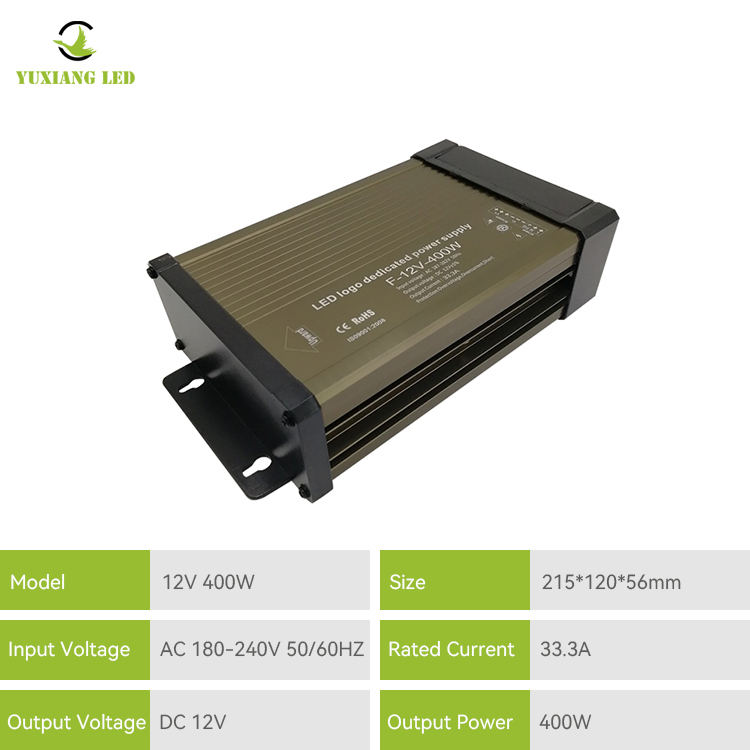Why does the LED power supply fail?
2023-11-21
LED power supplies can fail for a number of reasons, including:
Overload: Exceeding the maximum load capacity of the power supply may cause power supply failure. If too many LEDs or a device draws more power from the power supply than its rated capacity, it may overheat and fail.
Overheating: Insufficient ventilation, prolonged high temperatures, or operating the power supply beyond thermal limits can cause overheating, resulting in reduced component performance and eventual failure.
Voltage spikes or surges: Sudden voltage spikes or surges in the power supply can damage components within the power supply, causing failure. Mains power surges can occur due to lightning strikes, wiring errors or grid fluctuations.
Component Aging or Wear: As with any electronic device, the components within an LED power supply will degrade over time due to wear and tear. Capacitors, in particular, degrade easily and may cause failure after prolonged use.
Environmental factors: Exposure to moisture, dust, or other contaminants can affect the performance and reliability of a power supply, causing it to fail prematurely.
Manufacturing Defects: Manufacturing defects or substandard components used in the power supply are rare but have the potential to cause early failure.
Improper installation or use: Improper installation, incorrect voltage input, or improper use of the power supply (e.g. not used under specified operating conditions) may cause malfunction.
To prevent LED power supply failure, you must follow the manufacturer's installation guidelines, ensure adequate ventilation, avoid overloading, and use a surge protector or appropriate voltage regulator to protect against voltage surges. Regular maintenance and monitoring can also help detect problems early and prevent potential failures.





